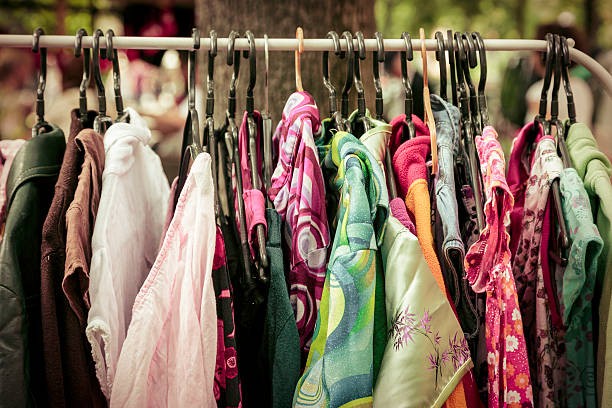People now care more than ever before about what they wear, where it comes from, and how their purchases can have a positive impact on the environment.
In recent years, the fashion industry has undergone a paradigm shift as consumers are becoming increasingly aware of the environmental and social impacts of their clothing choices.
How to Shop Responsibly
1. Understand the Importance of Sustainable Fashion
To shop responsibly, it's crucial to grasp the significance of sustainable fashion. The conventional fashion industry contributes to environmental degradation, waste, and social injustices. Sustainable fashion aims to counteract these issues by promoting ethical practices, reducing carbon footprint, minimizing waste, and ensuring fair treatment of workers throughout the supply chain.

2. Educate Yourself on Sustainable Fashion Practices
To make informed choices, take the time to educate yourself about sustainable fashion practices. Familiarize yourself with key terms like organic, fair trade, upcycled, and circular fashion. Learn about different certifications and standards such as Global Organic Textile Standard (GOTS) or Fairtrade International. By understanding these concepts, you'll be able to identify brands that align with your values.
3. Prioritize Quality Over Quantity
One of the fundamental principles of sustainable fashion is to prioritize quality over quantity. Instead of buying cheaply made, fast-fashion items that quickly fall apart, invest in high-quality garments that are durable and timeless. Opt for classic styles and versatile pieces that can be mixed and matched to create multiple outfits, reducing the need for constant purchases.
4. Embrace Secondhand and Vintage Shopping
Secondhand and vintage shopping are excellent ways to reduce your environmental impact while adding unique pieces to your wardrobe. Explore thrift stores, consignment shops, online marketplaces, and local swap events. Not only will you find one-of-a-kind items, but you'll also extend the lifespan of pre-loved clothing, contributing to a more sustainable fashion cycle.

5. Seek Out Sustainable Brands
When shopping for new clothing, seek out sustainable brands that prioritize ethical and eco-friendly practices. Look for labels that use organic or recycled materials, have transparent supply chains, and ensure fair wages and safe working conditions for their employees. Many sustainable brands also support local artisans or employ eco-friendly production methods.
6. Care for Your Clothes
Proper care can significantly extend the life of your clothing. Follow the care instructions on labels, wash your clothes on a gentle cycle using cold water, and air dry whenever possible. Avoid using harsh chemicals and opt for eco-friendly laundry detergents. By maintaining your clothes well, you reduce the need for replacement and contribute to sustainable fashion.

7. Repurpose and Repair
Extend the life of your garments by repairing and altering them when needed. Get creative with DIY projects to repurpose old clothing into new and exciting pieces.
Conclusion
By following this beginner's guide to sustainable fashion, you can make conscious choices that align with your values and contribute to a more responsible and eco-friendly fashion industry.
Remember to prioritize quality, embrace secondhand shopping, support sustainable brands, and care for your clothing. Each small step you take makes a significant impact on the path toward a more sustainable future for fashion. Together, we can drive positive change in the industry and create a more ethical and environmentally friendly world.




